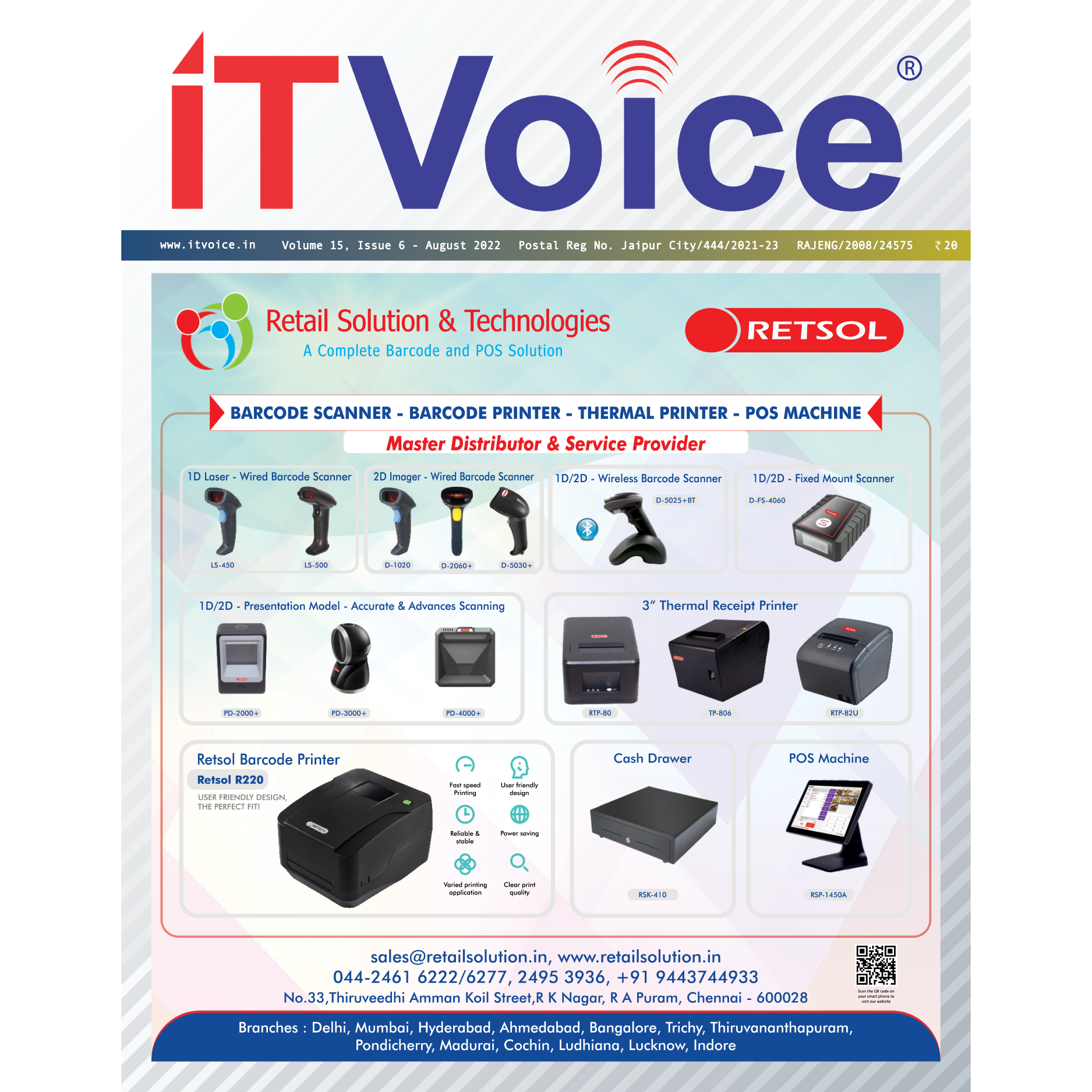CLICK HERE TO VIEW/DOWNLOAD THE MAGAZINE
The covid situation appears to be continuing. There has never been a more pressing need for firms to streamline their workforces.
As the name suggests, HyperAutomation advocates putting humans on the process rather than removing them from it. For many industries, it is now imperative to have the ideal combination of artificial intelligence, machine learning, and autonomous technologies to promote improved efficiencies.
To develop a resilient autonomous workforce, we also require a better balance between human and robot forces. The fifth industrial revolution is focused on achieving this harmonious coexistence of machines and people. And the businesses who are currently embracing automation or are getting ready to do so will be the ones that endure.
What will HyperAutomation do for enterprises, then?
HyperAutomation is the process of fully automating a task using a variety of technologies and artificial intelligence. Automation is the process of anything that can be used to improve an organization’s capabilities. Furthermore, the importance of having an autonomous workforce cannot be overstated. It is also a great approach to reduce expenses by optimising corporate operations while minimising problems with older systems.
Most businesses have historically relied on outdated, disconnected, and even lean technologies. Instead than internalising the change, they spend a lot of money using third-party providers to streamline processes. Although HyperAutomation may take some time, the agility it promotes makes the effort worthwhile. Using technologies like Artificial Intelligence (AI), Robotic Process Automation (RPA), Low-Code Application Platforms (LCAP), Intelligent Business Process Management Suites (iBPMS), Machine Learning (ML), Natural Language Processing (NLP), Optical Character Recognition (OCR), Digital Twin of an Organization (DTO), and comparable technologies, it is a sure-fire strategy to help organisations efficiently identify, evaluate, and automate as many processes as possible.
Major Advantages of Hyperautomation:
Using strategy to define the transformation path
While digital transformation is the goal of any organisation, only HyperAutomation can enable a smooth transition from a loosely connected group of technologies to an automation plan that is more tightly coupled. Efficiency, effectiveness, and speed are necessary for achieving digital transformation, and HyperAutomation makes them possible. Businesses can develop collective intelligence thanks to it.
Redefining operating processes will result in lower operational costs.
By merging HyperAutomation technology with newly developed operational processes, according to a Gartner report, firms will save operational expenses by 30% by 2024. something Unilever currently carries out during the hiring process. In the past year, they have deployed AI-enabled software to analyse resumes of applicants based on video interviews, saving 100,000 hours of human recruitment work.
HyperAutomating routine tasks for a taskforce that is totally automated
Companies like Uber, Grab, and other platforms of a similar nature currently assign duties to drivers and gather measurable performance indicators through customer ratings for automatically deciding incentives or sanctions as necessary. According to experts, most managers’ everyday tasks will become HyperAutomated in the next years, providing them more time to focus on important tasks like research, formulating strategies, and problem-solving. It will be the ideal fusion of human intelligence, artificial intelligence, and technological assistance, producing the highest levels of productivity and outcomes.
Progressive businesses are already incorporating AI-enabled business processes into their systems, which allows them to enhance how they operate, use data to spot patterns and learn from them, and create digital organisations that are capable of better functioning and deriving intelligent values and data-driven decisions based on key performance indicators and processes with little to no human intervention. It’s time for other people to join in too!
—
Tarun Taunk
Editor-In-Chief


